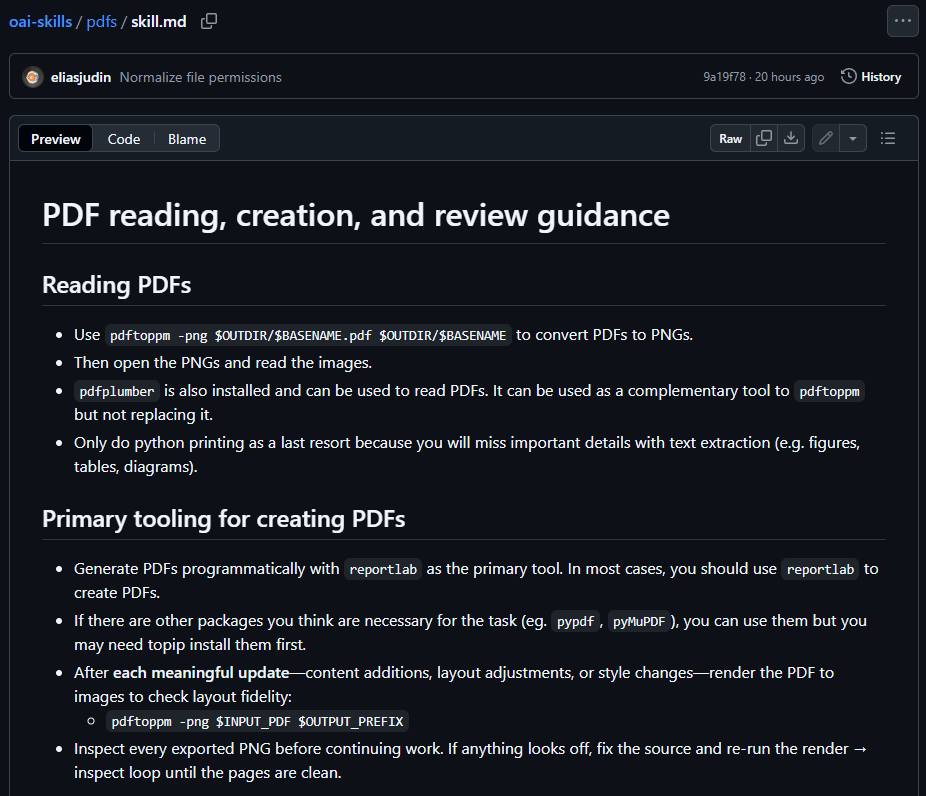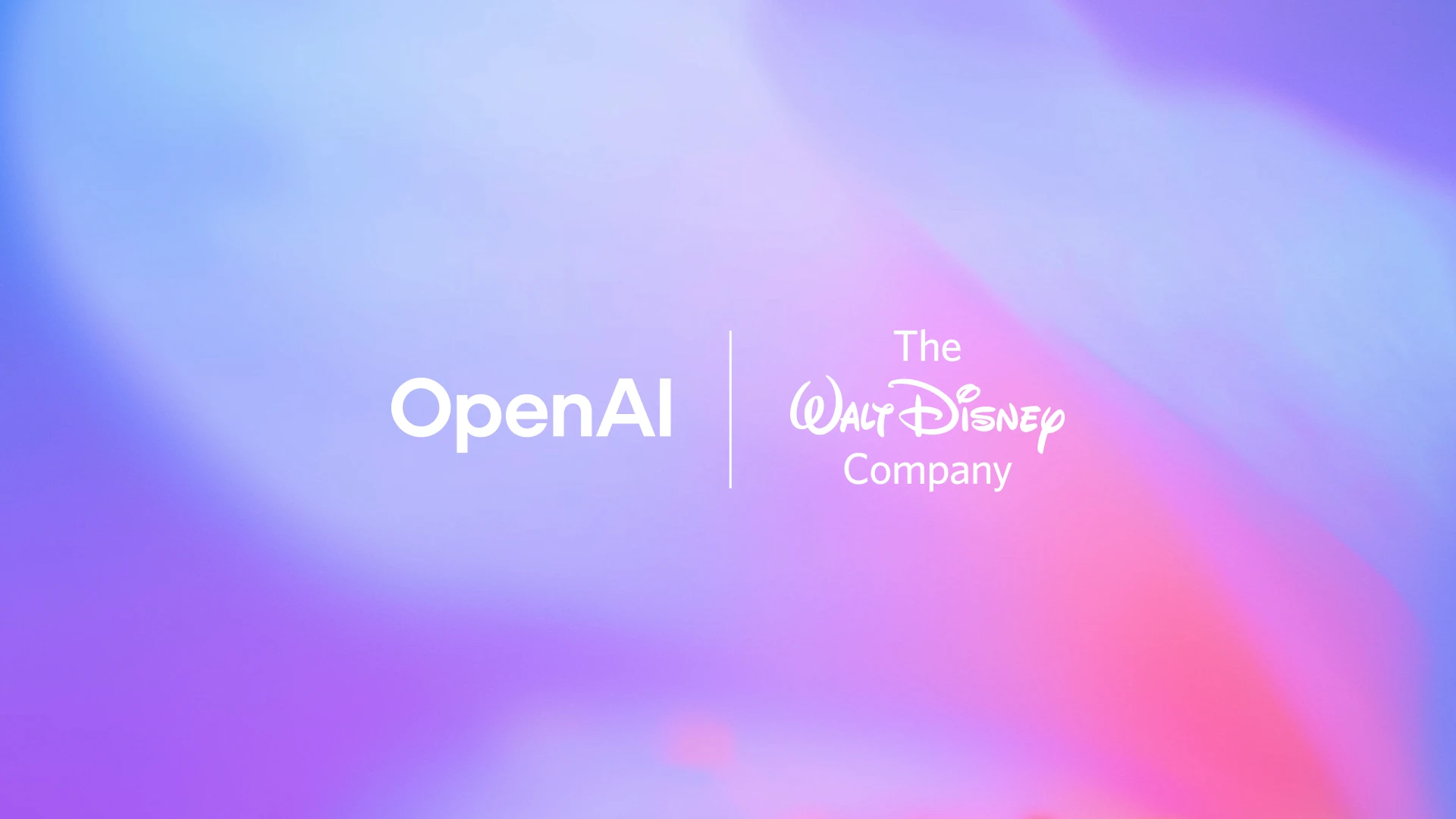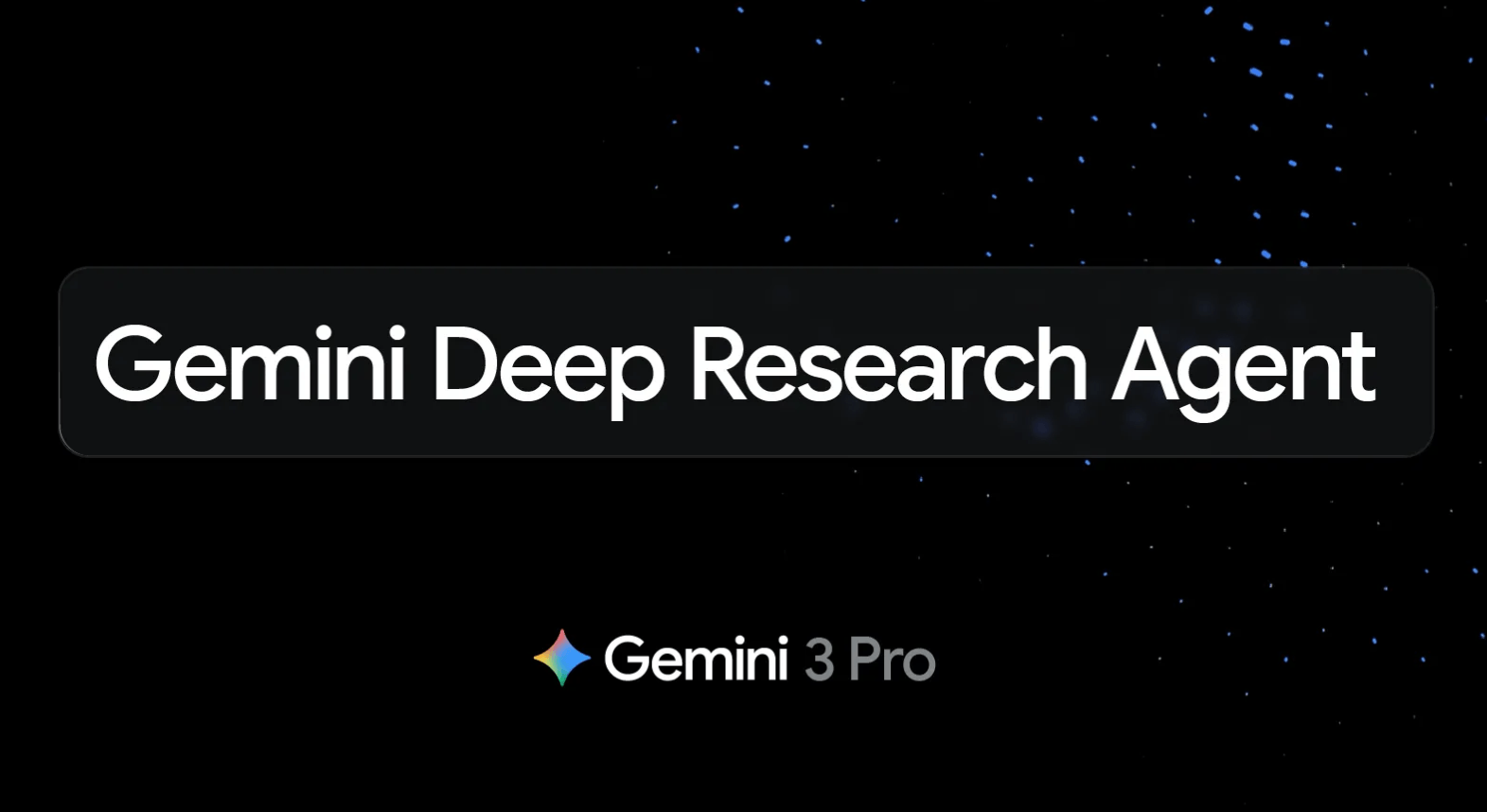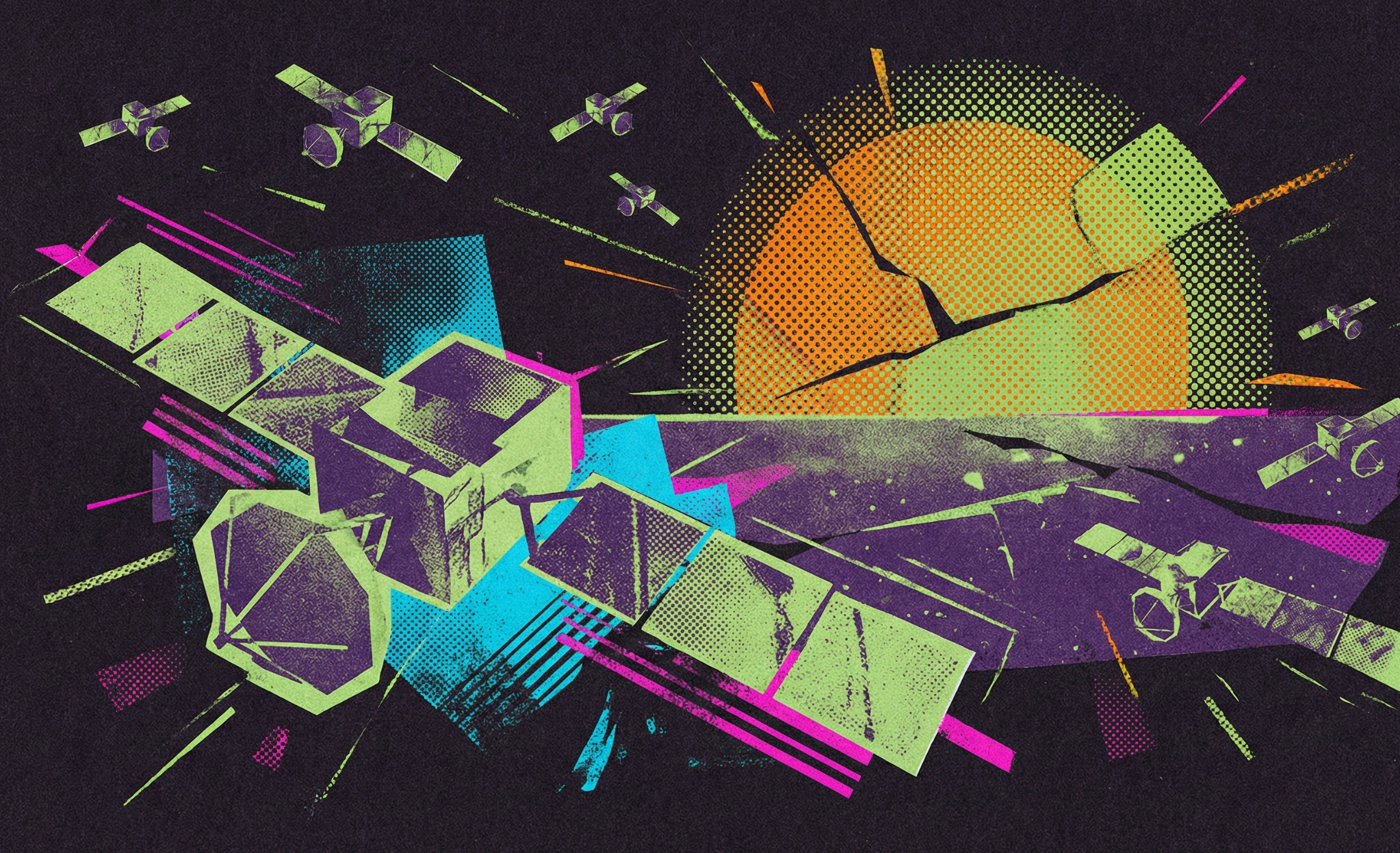OpenAI appears to be adopting the skills system Anthropic introduced in October, according to a discovery by user Elias Judin shared on X. Support for these skills has surfaced in both the Codex CLI tool and ChatGPT.
Judin found directories named "pdfs" and "spreadsheets" containing "skill.md" files. These files provide specific instructions for processing documents and data. It's basically like your prompt calling a more specific prompt to solve a complex subtask necessary for the main goal—like extracting text from a PDF. Since it's just a folder containing a Markdown file and maybe scripts, it's easy to adapt.

The file structure suggests OpenAI is organizing AI tools into app-like modules designed for specific tasks. Judin, who found the feature while using a "5.2 pro" model, documented the findings on GitHub. Anthropic debuted this modular system in October to help its Claude assistant handle specialized tasks.





